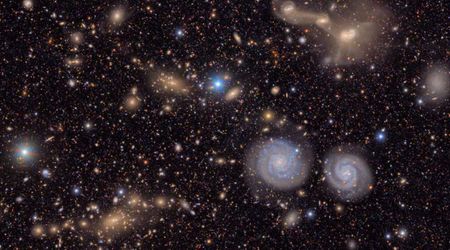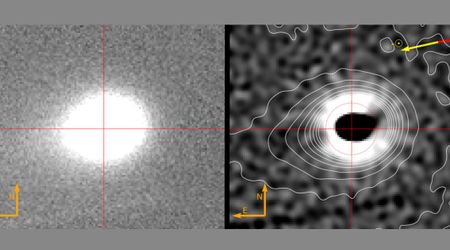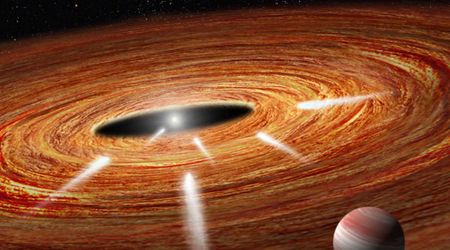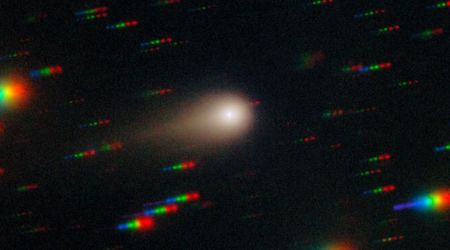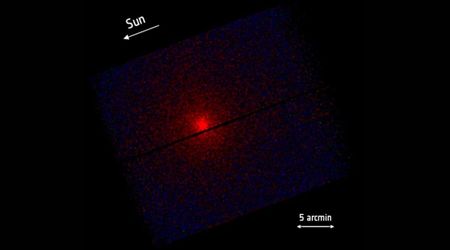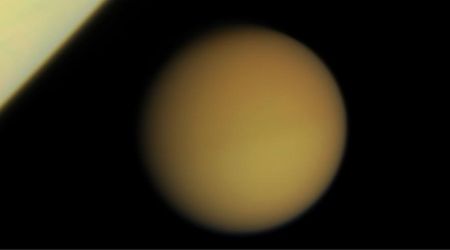Earth's tiny ancient crystals may hold secrets of our journey through Milky Way's spiral arms
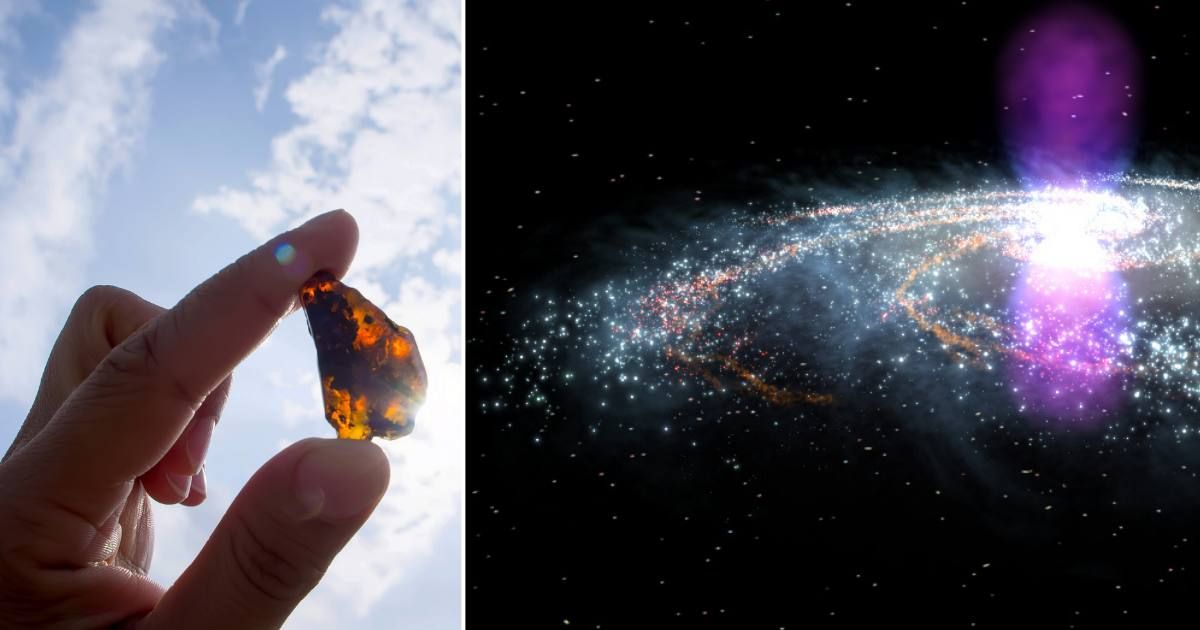
Earth's geological history may be tied to its travels through the Milky Way's spiral arms, according to new research that links astrophysics and geology. A study published in Physical Review Research suggests that the planet's crust shows chemical signatures of these cosmic journeys, challenging the traditional view that Earth's evolution is solely driven by internal processes like volcanoes and plate tectonics, as per Science Alert.

"The spiral arms aren't solid structures. Instead, they're density waves – like traffic jams of stars, gas, and dust that move around the galactic disc," the portal reports. The controversial new findings are based on a novel approach that compares maps of hydrogen gas in the Milky Way with chemical data from ancient zircon crystals found on Earth. These microscopic minerals, often smaller than a grain of sand, are remarkable time capsules. They can survive for billions of years and carry isotopic clues about the conditions of their formation. Researchers focused on the oxygen isotopes within these crystals, which reveal whether the magma they formed had interacted with surface water, indicating periods of significant crustal change.

The study found a striking correlation: periods when the solar system passed through the Milky Way's dense, hydrogen-rich spiral arms coincided with spikes in the variability of oxygen isotopes in the zircon record. This suggests that Earth's crust was more "chaotic" during these galactic encounters. One leading theory is that these passages through the spiral arms disturbed the Oort Cloud, a distant reservoir of comets, sending them hurtling towards Earth. The resulting impacts could have triggered widespread geological upheaval, leaving behind a long-lasting signature in the planet's crust. This happens because the Solar System orbits the "galactic centre" much faster than its spiral arms, so it can sometimes "overtake" them roughly every 180-200 million years. During this time, the passage may cause a higher number of comets and asteroids to strike the Earth.

This research proposes that Earth's geology is not isolated but is instead influenced by the wider cosmos. If confirmed, this theory would significantly expand our understanding of what drives planetary evolution, offering a new perspective on topics like crustal growth and the conditions for life. While the link between galactic arm crossings and Earth's geological processes is still being investigated, the compelling evidence preserved in these tiny crystals warrants serious consideration.
Dr. Chris Kirkland, a professor involved in the research, emphasized the role of zircon crystals as a "unique archive of Earth's interaction with the galaxy." He noted that by examining chemical shifts within these minerals and comparing them to galactic gas maps, the team found a strong correlation, according to Curtin University. "We saw the changes line up with times that our Solar System passed through the galaxy's spiral arms," he explained, noting these regions are "densely packed with stars and gas."

The study proposes that the gravitational forces within these crowded spiral arms could have "disturbed icy comets at the edge of our Solar System, knocking some onto paths that sent them crashing into Earth." According to Dr. Kirkland, these cometary impacts would have released immense energy, melting parts of Earth's surface and forming more complex magmas, particularly "when interacting with water-rich environments."
Professor Kirkland believes these findings mark a new frontier in science, where geology and astronomy are directly connected. "Our research reveals that Earth's geological evolution cannot be understood in isolation from the broader galactic environment," he stated. He concluded that "astrophysical processes on the scale of the Milky Way may have directly influenced the continents beneath our feet and the conditions that made life possible, ushering in a new era of astro-geological science."
More on Starlust
Take a tour through Milky Way's star-forming regions with Gaia's first 3D fly through map
Researchers accidentally discover a giant stellar 'blowtorch' at the Milky Way's border
Astronomers detect star-forming jets in Milky Way’s outer region, proving star formation follows universal process
